I keep thinking about the people under the rubble. The unlucky ones whose deaths are certain but not timely. Trapped beneath tons of cement and debris, the remnants of their homes; slabs, rebar and dust. Some will be gravely injured, immobile and compressed — maybe close to an air pocket that allows for breathing, perhaps an unwanted gift.
My obsession with tracking Gaza’s rubble exploded a few days ago, when the nameless who’ve been pinned and held by industrial detritus, finally took full human form. I learned that Gazan poet, professor and renowned teacher, Refaat Alareer had been killed by an Israeli bomb. Then, while researching his death, I learned that he is still under the rubble or UTR, a designation I’ve created to underscore both the horror and casual acceptance of human limbo.
I wonder, how many of the UTRs remain fully alive? Yes, stunned at first then struggling to make sense of their predicament. It will be dark. They will be in some pain. Do they hear others?
After a few minutes of consciousness, trembling from shock and blood loss, their minds will snap-to and say — Oh yes! We are being bombed. I must be under the rubble. Maybe they will do a little inventory of their moving parts. I can wiggle my toes and the tips of my fingers. But nothing more. Is there a space for light to come through?
For a while, those who can, will call out. People outside the heap might hear them, deeply muffled and begin digging with hands or shovels. Sometimes they have heavier gear. When people are pulled out, Arabic media captures the mad dash of parents racing to hospital with the limp, chalky gray bodies of their retrieved children.
It is said, there are thousands of humans mixed in with the contents of the rubble hills and valleys of Gaza. Most of them are dead and it is reported that the stench and biothreat of decomposition falls heavily, like a soaking-wet blanket over this hellscape.
When I see the videos of flattened apartment blocks and public buildings, I can’t help but sense I am a party to the slow motion deaths inside the smoking heaps. It is a tormenting thought, one I struggled with when the Towers fell on 9/11. My eyes saw the aftermath of crumbled office buildings but my heart was signalling, there are people under there. Sometimes I would scan news footage for movement and obsess about who might still be alive. Could anyone survive?
Tom Canavan did. In one of the most impossible stories of that awful day, he dug his way out from under a mountain of cement, bloodied and dazed, as he headed for home, he even gave a quick comment to a Reuters cameraman.
So powerful is that instinct in us to make it back to where we live. Accepting that home is the place we are fully alive says something about our instincts in times of crisis. Injured people and starving, lost pets will travel inexorably toward that place — where their life is — believing it will restore them.
If you wonder why the Palestinians don’t just stop fighting and move from their homes to refugee camps in Jordan and Egypt, think of the things we will do, just to make it home. How soldiers mortally wounded in battle wish they could die where they live — at home. Mr. Canavan, running on instinct, was badly banged up but was heading home until astute paramedics ferried him off to hospital.
A concrete slab has bludgeoned him, but stopped short of crushing him. Six inches either way, and he would be dead. But now, he gathers his mind. He starts to push the stone and steel and debris off of him.
Canavan starts to dig. And dig. How long he digs he’s not sure because down here time has stopped. He digs 40 feet east and four-stories up, claws his way through rubble and rebar and glass and body parts toward a pinhole of light….
Like learning about Tom Canavan, with the story of Refaat Alareer, we have the identity of at least one of the Gazans trapped, perhaps mercifully dead, somewhere in the pulverized wreckage of an apartment building. I have read that Alareer stayed in Gaza, understanding the likelihood of death because, like the battered Tom Canavan and the wounded soldier, it is home — where he lives — even if he must die there. And now he has.
That’s what is being reported by the people who knew and loved him.
I’ve heard he is unreachable — trapped within the remains of the building where he took refuge after reportedly being threatened with death through mysterious phone calls that followed an ugly dust up on social media. We will leave that story for now lest it overshadow our dig through the Gazan rubble.
Alareer’s body can’t be retrieved, in part because the IDF is preventing it by reportedly shooting indiscriminately in Shujaiya where he died. Also killed there two days ago, were three Israeli hostages, shot while shirtless and waving white flags. Their deaths are now the subject of protests throughout Israel.
The three Israeli hostages who were killed by Israeli forces in Gaza on Friday had emerged shirtless from a building and were bearing a makeshift white flag when they were shot, the military said on Saturday.
The troubling details of how they died have created widespread anguish in Israel and prompted renewed calls for another temporary truce and a deal to allow more hostages to be released. Lt. Gen. Herzi Halevy, the Israeli military chief of staff, said the three hostages had done “everything so that we would understand” that they were harmless, including removing their shirts to show they bore no explosives.
Nonetheless, Israeli troops shot and killed them, in an incident that shocked a country already deeply concerned about the fate of its remaining hostages in Gaza. He said the shooting violated the military’s rules of engagement.
Ironically, it is the deaths of the three Israeli hostages at the hands of the IDF that is causing some elevated pushback against Netanyahu’s reckless prosecution of the war.
There is reporting that Israel has also been deliberate — aiming at so-called power targets — journalists, academics and medical personnel plus hospitals, mosques, schools, libraries and universities — to end Palestinian society and perhaps even its history. Alareer would be firmly in this group.
In a video, we can see his face, hear his voice and get a sense of him — which breaks through the anonymity of the morally squalid, statistical collateral damage reporting and the depersoning of Gaza’s dead by world media. Here he is, fully alive, giving a Ted Talk recorded eight years ago in Shujaiya, the same neighborhood where he and the three Israeli hostages would die.
Alareer could have had a big academic career anywhere in the world but he returned to Gaza to teach English literature at the Islamic University there. Here he is discussing with his students, The Hollow Men, by TS Eliot.
Beyond his role teaching English literature at the Islamic University of Gaza, Alareer was perhaps best known for his work chronicling the Gazan experience. In addition to his own writing, which he had published in outlets such as The New York Times, he also edited “Gaza Writes Back,” an anthology of short stories by young Palestinian writers that was published in 2014, and co-edited “Gaza Unsilenced,” a collection of essays, reportage, images, and poetry that was published the following year.
To many Palestinians, Alareer was both a role model and a mentor. He co-founded “We Are Not Numbers,” a non-profit established to develop a new generation of Palestinian writers by pairing them with mentors abroad to help them write stories in English. “His passion was the English language, but he didn’t teach it as a means of disassociating from society,” Jehad Abusalim, a Palestinian writer, wrote in a tribute to his former teacher. “For Refaat, English was a tool of liberation, a way to break free from Gaza’s prolonged siege, a teleportation device that defied Israel’s fences and the intellectual, academic, and cultural blockade of Gaza.”
In the meantime we are left to contemplate why as humans, in our safe spaces in the West, the lives of people like Alareer mean less than others — the people we dig for. When an aging Surfside, Florida apartment block collapsed, the world held its breath while elite teams scrambled to save the buried. Momentos of lives lived and lost were catalogued as precious reminders of the souls gone forever.
Atop the grim pile of detritus and broken concrete on Monday, some of the world’s most elite rescue crews tunneled and dug, sometimes with their hands, in hopes of finding hints of the living. As the afternoon dragged on, it appeared their hopes would be dashed for another day.
But on occasion, the workers would pause, and bend down, and collect what amounted to small, fragile consolation prizes: the personal photos from the residents of the Champlain Towers South, a building that less than a week ago had been alive with a typically South Florida assemblage of families, grandparents and retirees.
Monday was the fifth day of the extensive search-and-rescue effort, and the possibility of finding alive any of the 150 people believed to be missing dwindled further. The pictures, and a few other personal effects that somehow managed to survive the collapse, were at least something.
“There’s not a lot,” said Maggie Castro, a firefighter and paramedic for Miami-Dade Fire Rescue and a rescue specialist for Florida Task Force 1, one of the elite urban search-and-rescue teams that have been working on the rubble pile since Friday.
But this is not how it happens in Gaza. It is dark, using hand tools, the digging and drilling is to rescue mostly trapped and dying children.
Refaat Alareer leaves a wife and children behind. He pinned this poem to his X (Twitter) account just weeks before he was killed.
Since Alareer’s death, If I Must Die has been translated into dozens of languages. It stands as a hopeful poem but also a sad rebuke — from a human person under the rubble in a dying place we deem not worthy of rescue.
I began writing this a few days ago and I sense a slight shift. Let’s pray for a safe release of hostages, a permanent ceasefire, and war crimes trials for both sides in this bottomless pit of terror and despair. And the end of Netanyahu and Biden.
I will be directly addressing some of the criticisms of me from readers and listeners, perhaps even including some of your notes with permission, of course.
This week’s show with Colonel Lawrence Wilkerson exposes the folly of Israel’s approach — and the daily creation of angry young men, defined by rage and driven by retribution. With every bombing, Israel and its people are less safe — as is the world. And the stain grows ever darker.
Stay critical.
Better days ahead. I promise.
Note: Merry Christmas to Me. I’ve been thinking long and hard about what to do with Andrew — a non-subscriber who has been posting ad hominem attacks on me and others in the comments section here. The issue for me became — do I come here every few hours to defend myself and other posters given my free speech positions or do I suspend him? I delayed until this morning when I realized I was dreading interacting with the community I have been building here.
I don’t expect people to agree, especially on Israel/Gaza given the personal attachments to the region and the level of legacy media propaganda both now and historically. But trolling, as he was, not a subscriber either free or paid, and taking personal shots is something I can no longer abide. Nor do I have time to respond to messages aimed only at impugning my character.
This is an editing decision, like any other made by someone with a platform or a Letters to the Editor forum.
Feel free to take umbrage with me and each other, but cheap shots aren’t welcome - against me or anyone on here.
Also - do keep your posts within reasonable length limits. Be sharp, be steadfast but don’t attack the others on this platform. It get us nowhere.

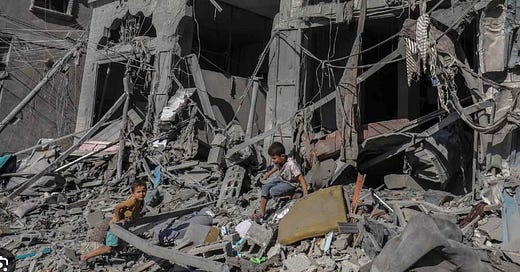



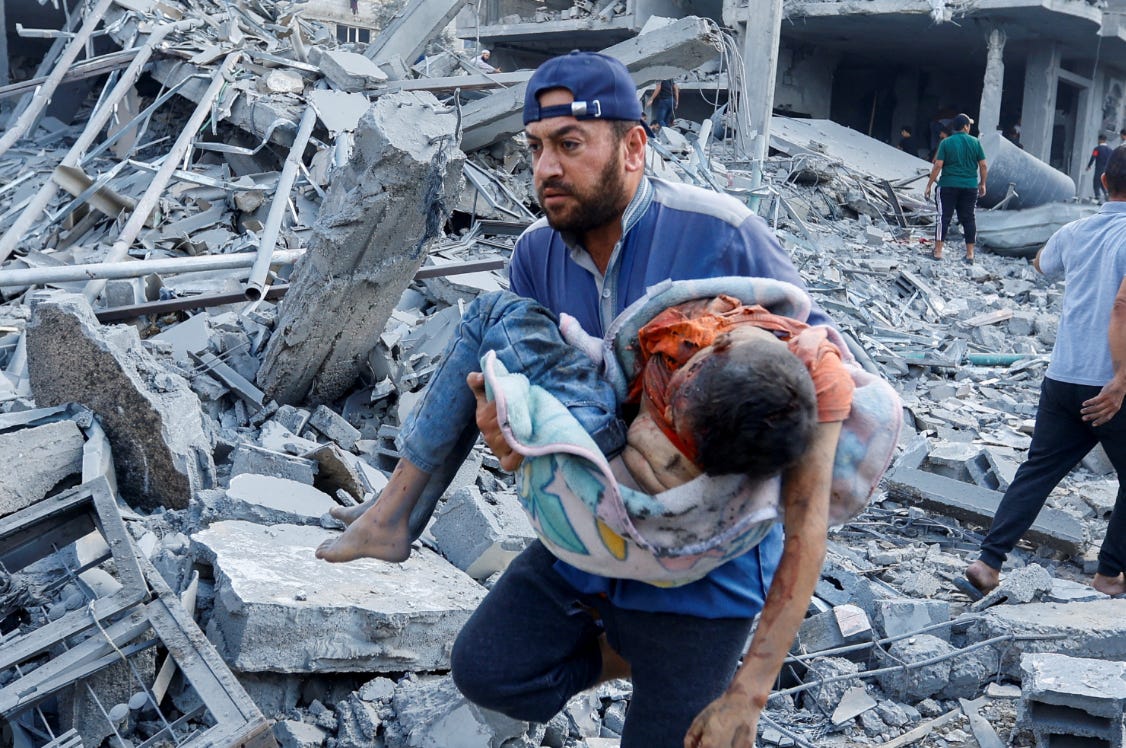
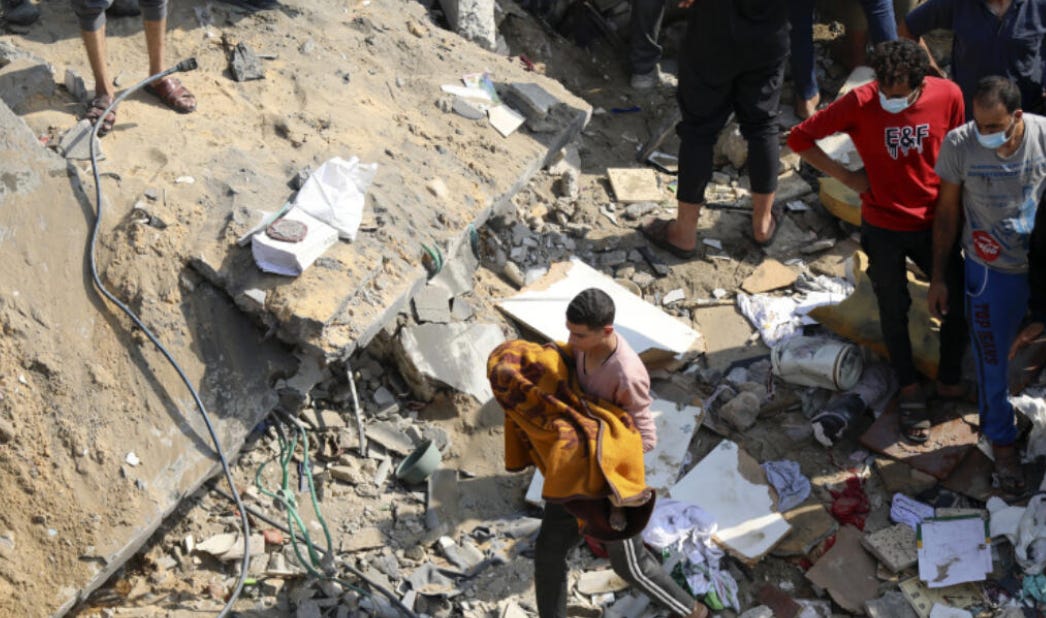
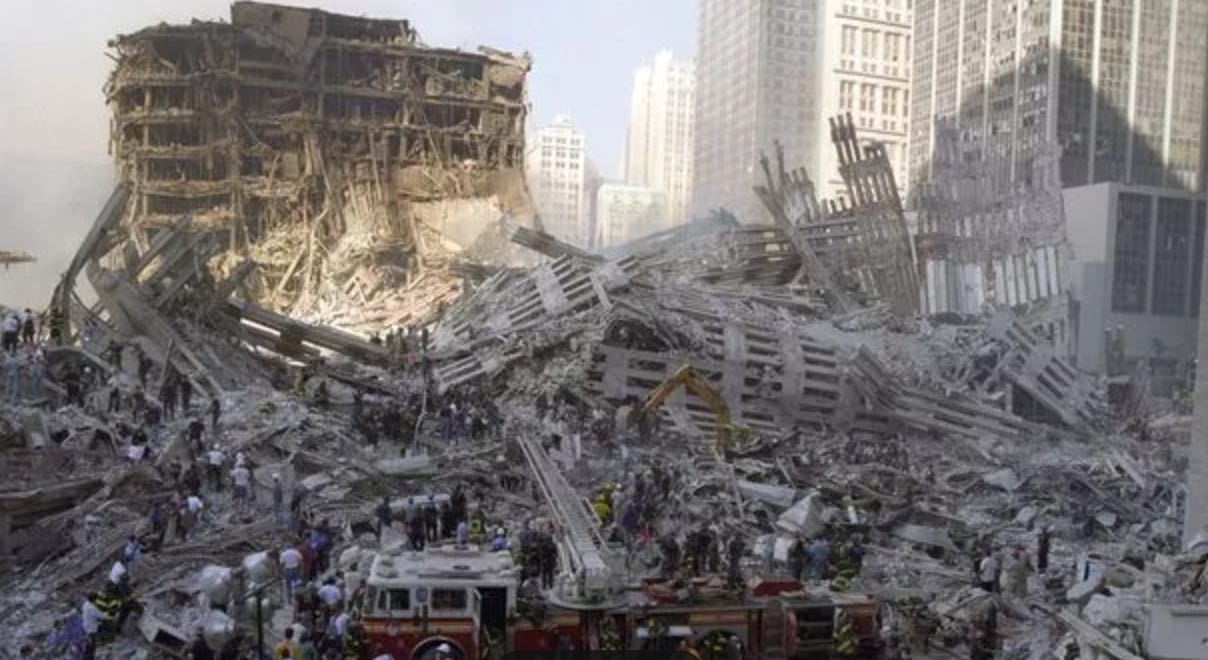
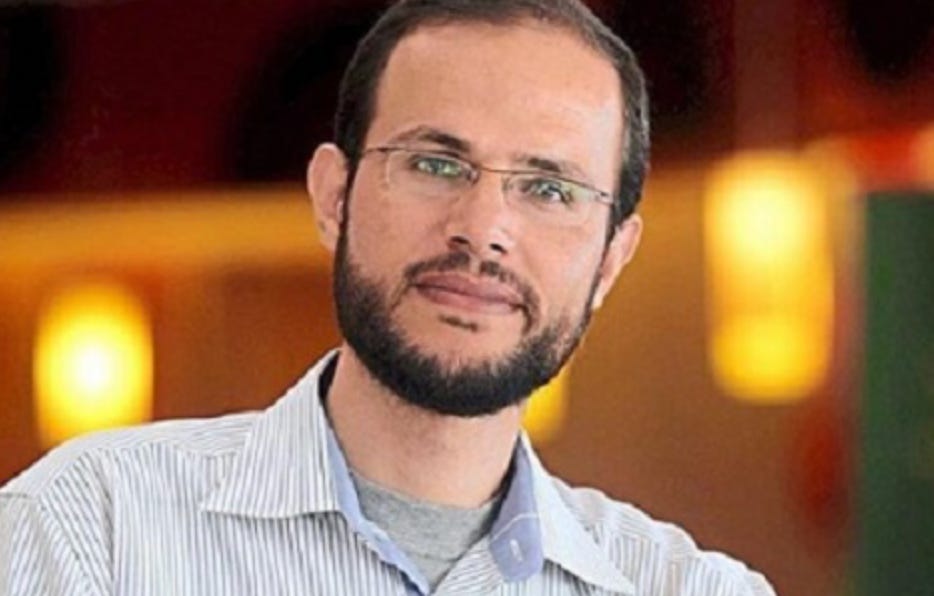
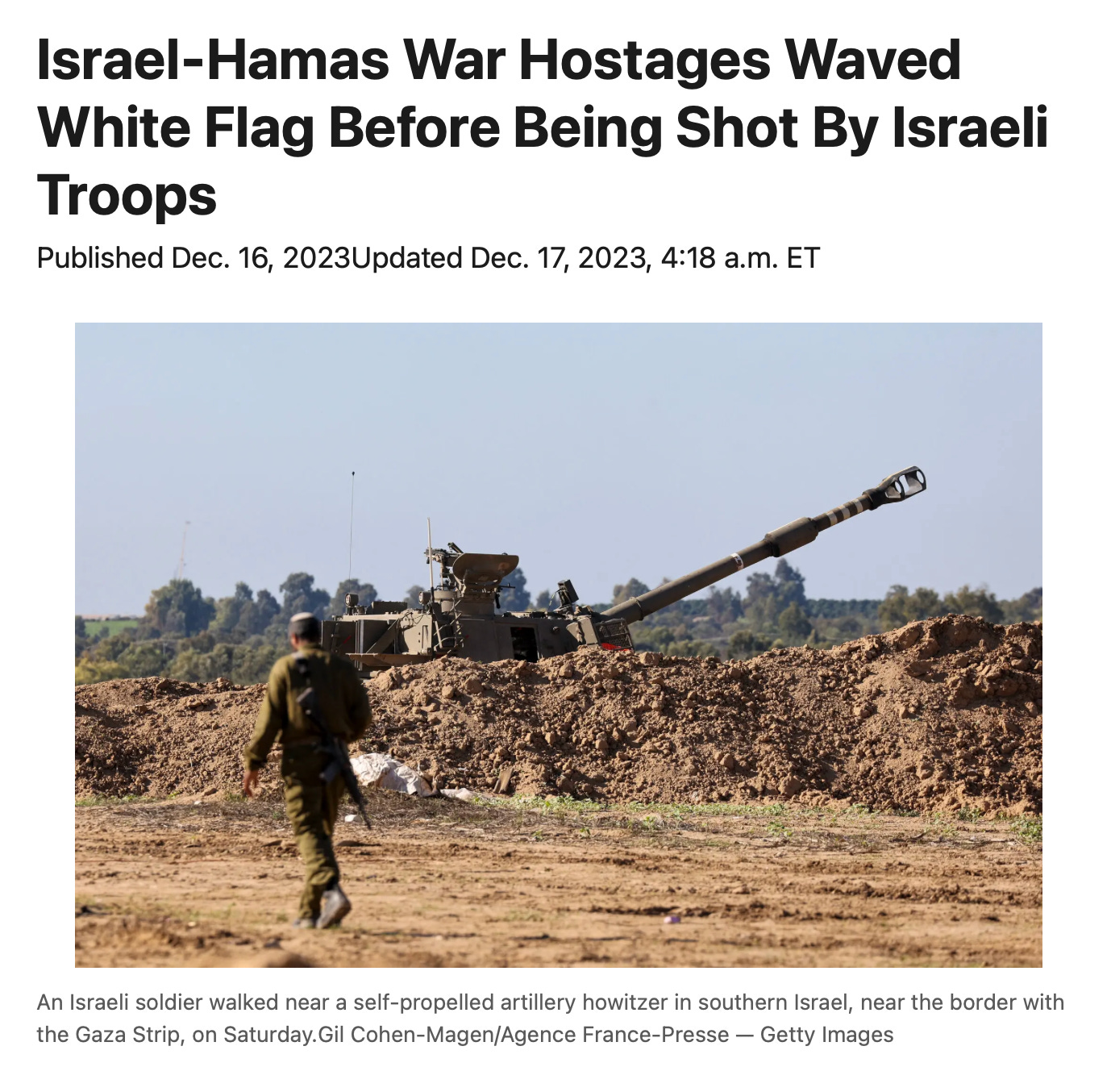
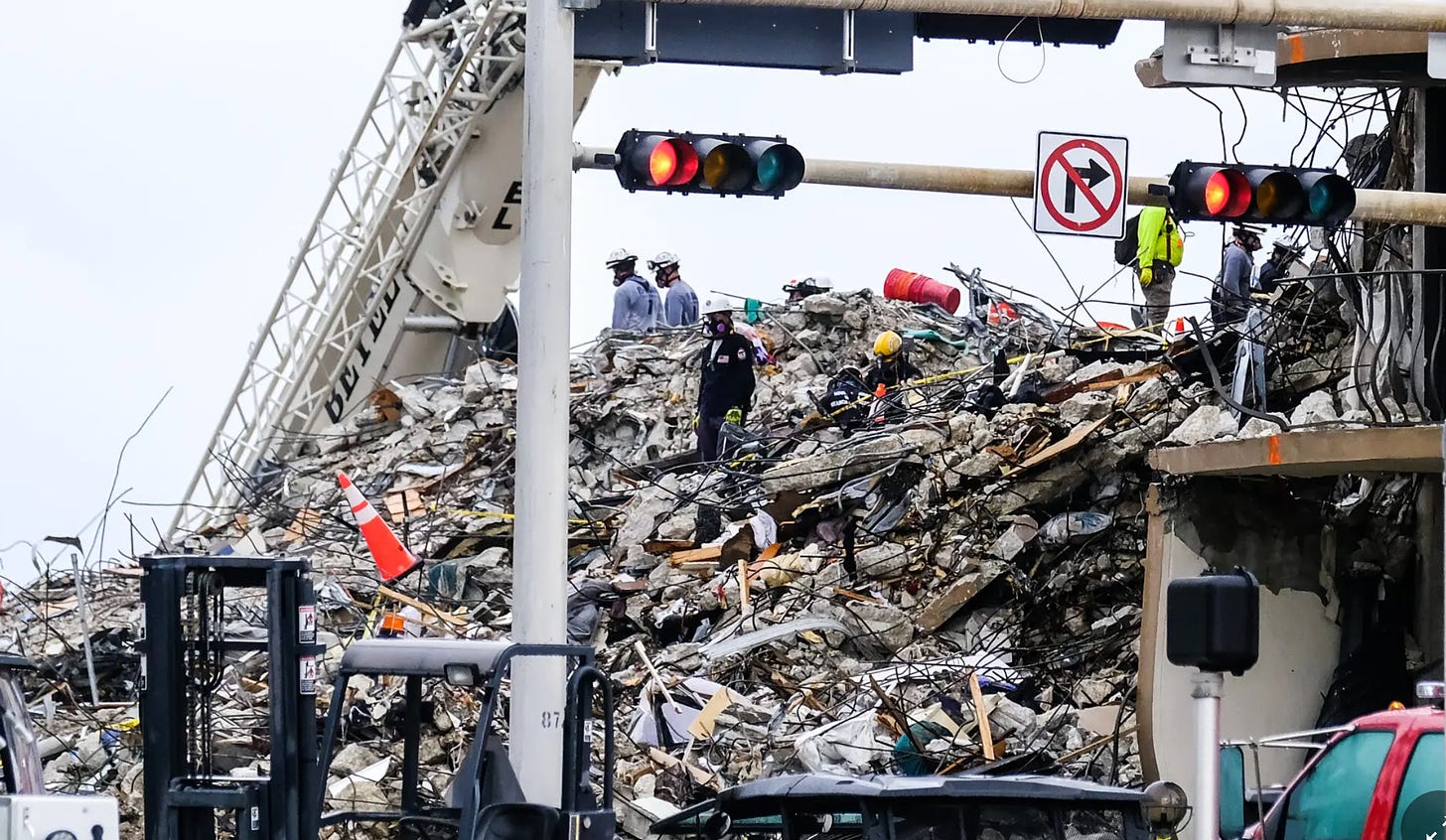
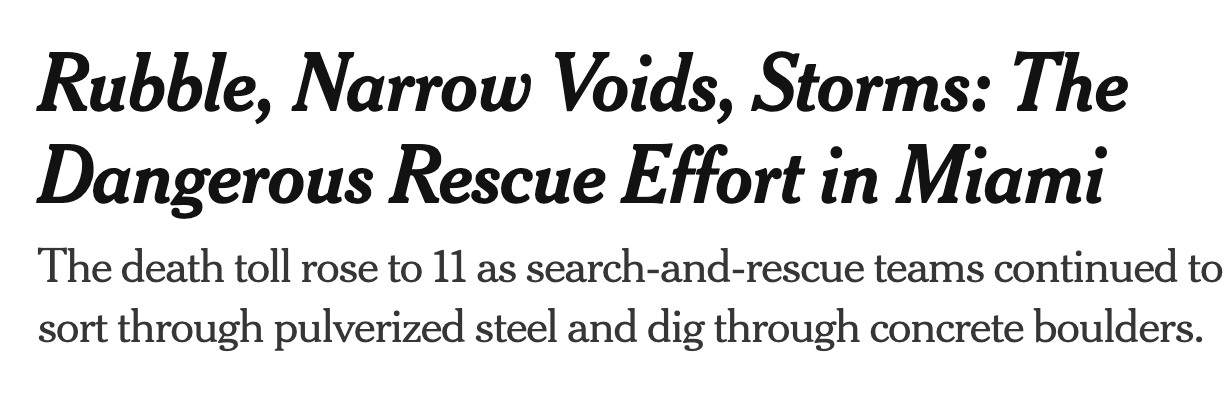

Trish I see that you are a very compassionate person and I understand your distress about the Palestinians but I am very very concerned about the rise in anti-semitism in Canada and our dear leaders refusal to do anything about it lest he lose some votes. I would love to see you do some reporting on this. The Jews in Canada need all the help they can get.
Dear Trish, you have done an excellent job on the subject of the buried alive and those now dead, who were once alive. I cannot fault your representation of their miserable and tragic situation. You have done good service to their terrifying situation. Good for you. At the same time ask this question: who precipitated this situation? Answer: Hamas. Now ask yourself what else could Israel do to alleviate the present carnage? It leafletted targered areas? Hamas in many cases prevented those Gazans who had been warned from leaving. Hamas' demonic cruelty is at the base of all that has transpired since October 7th.